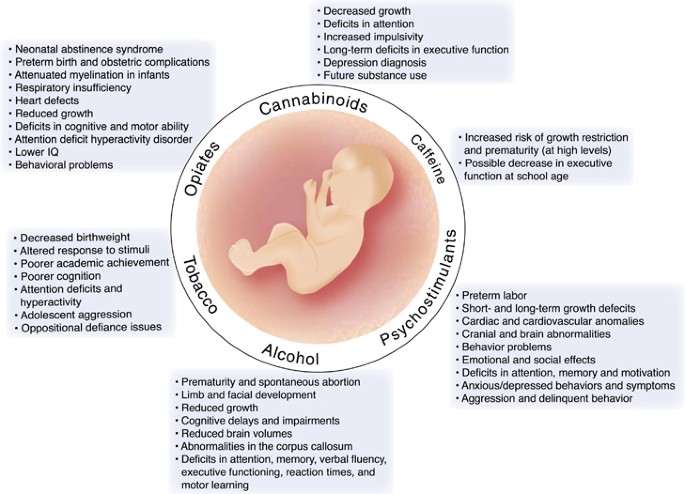A nurse is caring for a client who is in labor. The nurse observes late decelerations of the fetal heart rate on the external fetal monitor. After placing the client in a side-lying position, which of the following actions should the nurse take?
Perform fetal scalp stimulation
Administer oxygen via a face mask.
Elevate the client's head.
Decrease the rate of IV fluids.
The Correct Answer is B
A. Perform fetal scalp stimulation:
Fetal scalp stimulation involves applying pressure to the fetal scalp during a vaginal examination to elicit a response from the fetus, such as an acceleration of the fetal heart rate. While this can provide additional information about fetal well-being, it is not the initial priority when late decelerations are observed on the fetal monitor. The focus should first be on interventions aimed at improving fetal oxygenation to address the underlying cause of the late decelerations.
B. Administer oxygen via a face mask:
Administering oxygen to the mother is a priority intervention when late decelerations of the fetal heart rate are observed on the external fetal monitor. Late decelerations often indicate uteroplacental insufficiency, where the fetus is not receiving adequate oxygenation. Administering oxygen to the mother helps increase oxygen levels in her blood, improving oxygen delivery to the fetus and potentially mitigating the effects of uteroplacental insufficiency.
C. Elevate the client's head:
Elevating the client's head is not indicated when late decelerations are observed. This position could potentially compromise maternal-fetal circulation by reducing blood flow to the placenta. Maintaining a side-lying or semi-Fowler's position is often recommended to improve blood flow to the placenta and enhance fetal oxygenation.
D. Decrease the rate of IV fluids:
Adjusting the rate of IV fluids may be considered in some situations, such as if there is evidence of fluid overload or if the mother is receiving excessive amounts of IV fluids. However, it is not typically the initial intervention for addressing late decelerations. The focus should first be on interventions aimed at improving maternal-fetal oxygenation, such as administering oxygen and positioning the client appropriately.
Nursing Test Bank
Naxlex Comprehensive Predictor Exams
Related Questions
Correct Answer is C
Explanation
. Lochia rubra with small clots:
Lochia rubra is the normal vaginal discharge occurring after childbirth, consisting of blood, mucus, and uterine tissue. It is expected for lochia to be present in the immediate postpartum period, and small clots are also considered normal as long as they are not excessive in size. Therefore, this finding is within the expected range for a client who is 1 hour postpartum and does not require immediate reporting to the provider.
B. Minimal perineal edema:
Perineal edema, or swelling in the perineal area, can be common after childbirth, particularly following vaginal delivery or if there was perineal trauma during labor. Some degree of perineal edema is generally expected in the immediate postpartum period and may resolve with time and appropriate care. As long as the edema is minimal and not causing significant discomfort or obstructing the assessment, it is not typically a cause for immediate concern or reporting to the provider.
C. Boggy fundus:
A boggy fundus refers to a uterus that feels soft and mushy instead of firm and well-contracted. It suggests uterine atony, which is a significant concern in the postpartum period as it can lead to excessive bleeding and postpartum hemorrhage. Therefore, a boggy fundus should be reported promptly to the provider so that interventions can be initiated to address the uterine atony and prevent complications.
D. Temperature 37.7°C (99.9°F):
A temperature of 37.7°C (99.9°F) is slightly elevated but may still fall within the normal range for the immediate postpartum period. While fever can indicate infection, a single temperature reading alone may not be sufficient to confirm an infection. It is important for the nurse to continue monitoring the client's temperature and assess for other signs and symptoms of infection before reporting to the provider. Therefore, this finding does not necessarily warrant immediate reporting unless accompanied by other concerning symptoms suggestive of infection.
Correct Answer is D
Explanation
A. Weak cry
While infants with neonatal abstinence syndrome (NAS) may exhibit irritability and excessive crying, a weak cry specifically is not typically associated with NAS. A weak cry could indicate other issues such as respiratory distress or neurological problems, but it is not a characteristic manifestation of NAS.
B. Absent Moro reflex
The Moro reflex is a normal primitive reflex present in newborns, involving the sudden extension and then flexion of the infant's arms in response to a sensation of falling or a loud noise. While NAS can affect the nervous system, leading to irritability and tremors, it typically does not cause the complete absence of the Moro reflex. Thus, this choice is less likely.
C. Respiratory rate of 30/min
A respiratory rate of 30/min in a newborn is within the normal range. While NAS can sometimes cause respiratory distress, it would typically present as symptoms such as rapid breathing, not necessarily a specific rate like 30/min. Therefore, this choice is not strongly associated with NAS.
D. Poor feeding
Poor feeding is a common manifestation of neonatal abstinence syndrome (NAS). Infants born to mothers who used methadone during pregnancy often experience withdrawal symptoms, including irritability and gastrointestinal issues, which can interfere with their ability to feed effectively. Poor feeding is a hallmark sign of NAS and is frequently observed in affected newborns.

Whether you are a student looking to ace your exams or a practicing nurse seeking to enhance your expertise , our nursing education contents will empower you with the confidence and competence to make a difference in the lives of patients and become a respected leader in the healthcare field.
Visit Naxlex, invest in your future and unlock endless possibilities with our unparalleled nursing education contents today
Report Wrong Answer on the Current Question
Do you disagree with the answer? If yes, what is your expected answer? Explain.
Kindly be descriptive with the issue you are facing.
